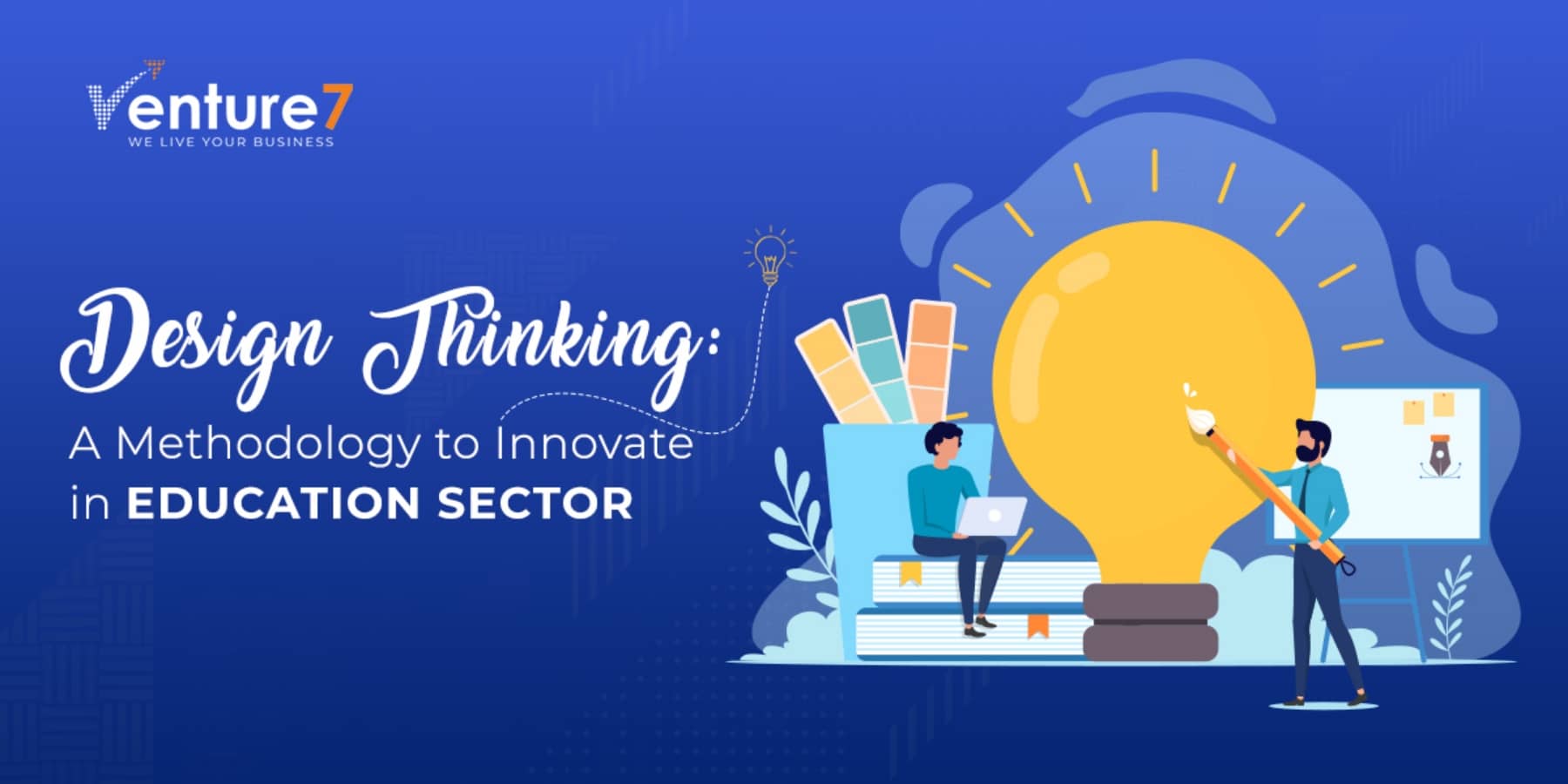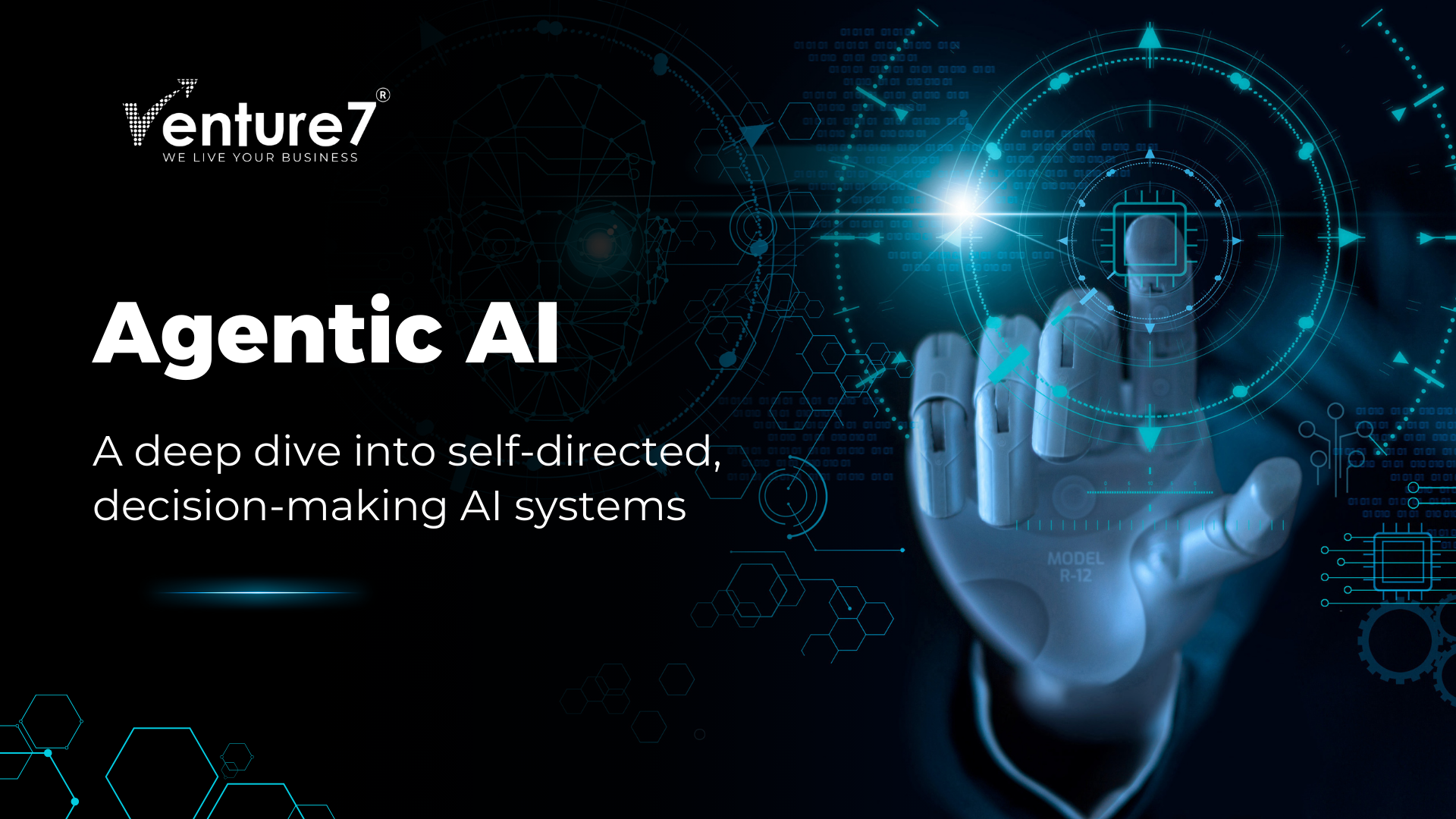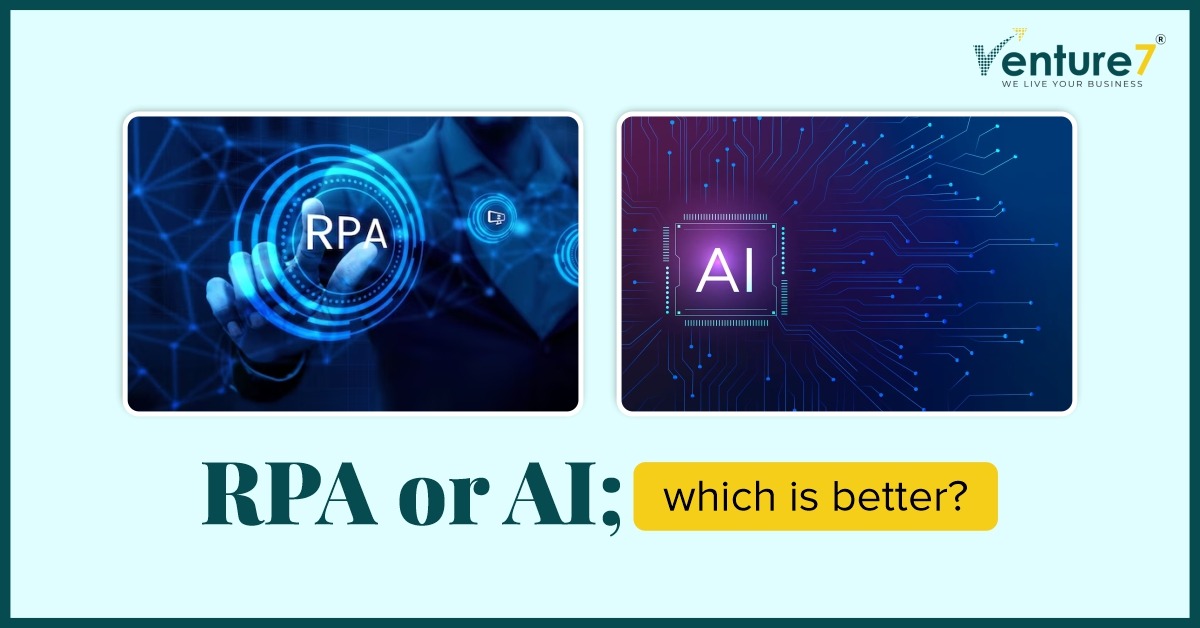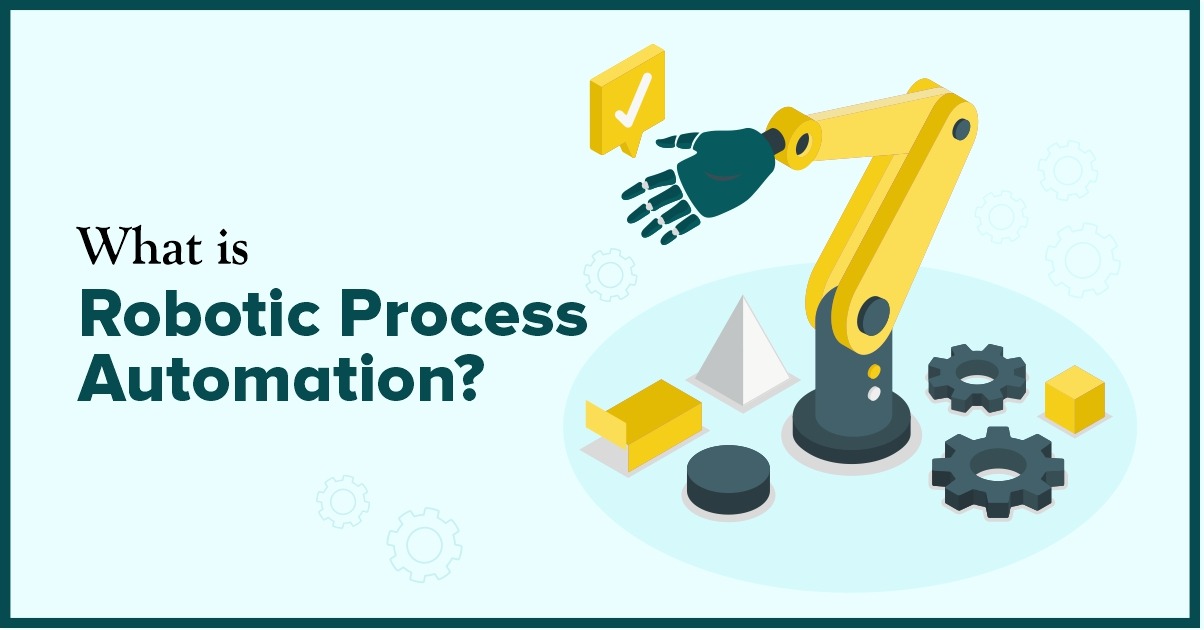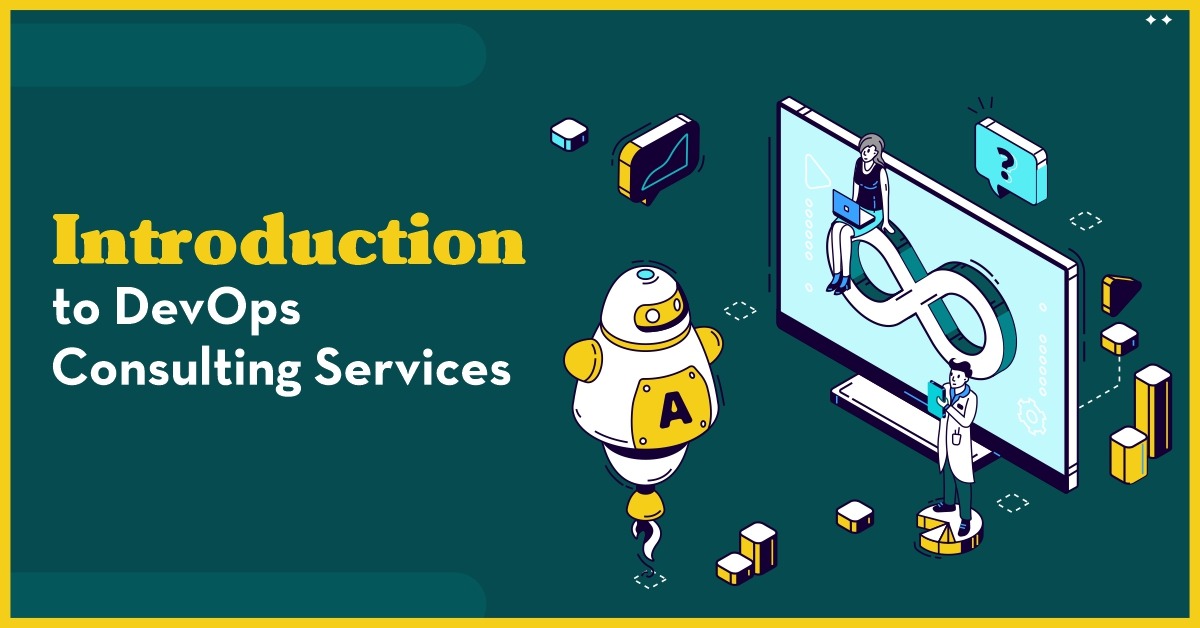Design Thinking-A Methodology To Innovate In Education Sector
The education sector has grown enormously in recent years and is continuously evolving by including advanced technologies and rapidly shifting towards the use of innovative tools/applications to transform the ways of teaching and learning, thereby, taking education beyond books and blackboards. Design thinking is one such technology that is highly being implemented in the education industry to make the process creative and advanced. Design thinking refers to an iterative process that works in a structured framework with an aim to identify challenges and analyze solutions by gathering information from diverse sources. It works by creating innovative ideas and implementing accurate testing solutions. This technology can be flexibly implemented on different course designs for a group project or a particular activity. It enables creative problem solving and is rapidly becoming an integral component in education and advanced training activities. Design thinking adds value to education with the use of its innovative tools and managing the topics into small, manageable bundles, and adding creativity in the operations. It enables the educational institutions to build creativity confidence by experimenting continuously on varied projects. Experimenting also helps the institutions to be aware and alert to design and contribute efficiently. Design thinking has the ability to consistently adapt to changing circumstances by embracing new ideas through innovation. This helps the institutions to survive in the unpredictable environment by constantly evolving and moving in new directions as and when required. This technology helps education institutions to tackle complex problems by providing them a definite framework by examining and testing different approaches. It also allows them to explore and apply creativity to different domains, by enabling them to be logical and intuitive at the same time. It enhances the e-learning process by enabling educators to view a problem with a different perspective and use ideologies by concentrating on the requirements and preferences of the learners. It has shifted the focus from how to convey information to what is going to be achieved from conveying particular information. This helps them to look at a challenge from an entirely different angle as per the specific needs. Design thinking involves prototyping that helps to deliver services that have gone through various stages of testing and client feedback. This enables educators to design courses that meet specific objectives and the expectations of diverse clients, which, in turn, helps them in learning the learning goals. Design thinking enables both teachers and students to engage in hands-on design challenges that helps to enhance the ideation process and foster problem-solving solutions. It helps them to meet the traditional academic standards by improving valuable skills, that includes, creativity, synthesis, adaptability, etc. The use of design thinking applications helps educators to identify core attributes that is required to innovate the school’s environment and establish new structures that are needed to organize pieces of a particular design challenge, which enhances the educators to align the academic content to provide relevant knowledge to the students. Design thinking provides educators, the ability to analyze the problem thoroughly by determining its root cause. It does not rely much on data performance reports; it gives an opportunity to the educators to explore the problems themselves and take necessary steps to enhance the learning process for the learners as per their needs. This is done by conducting multiple focus groups, interacting with learners, making them fill the survey forms, holding one-to-one interviews etc. that helps them to gather important insights about the requirements of the learners, thereby, enhancing the learning experience. Now, the professionals have the opportunity to explore the learners cultural background by getting into their workplace and analyze their issues to develop different strategies and operate accordingly. Another advantage that is shifting education institutions towards design thinking methods is that, this technique can be customized by the educators as per their own contexts, that help the leaders and teachers to work together by adapting innovative techniques to define, test, ideate the curriculum and the language as per their own context. This technique is highly being implemented in the education sector as this methodology provides a definite framework to the educators to collaborate and immerse themselves in diverse life world enhance the creativity process that help them to learn new perspectives and analyze diverse point of views. This technique gives an opportunity to challenge assumptions and reframe their activities, which is an essential aspect to constantly infuse innovation in the process. It enhances educators to drive more effective policies and create things differently. Design thinking enables the institutions to emphasize human talents and abilities and make changes on the basis of particular talents. Every course structure is designed within a definite framework by studying these abilities and exploring diverse fields of operations. The creation of meaningful solutions has become possible with the use of design thinking techniques which helps educators to make a positive impact on the world. The education sector is moving beyond artificial intelligence and machine learning tools and is continuously infusing diverse methodologies such as design thinking to move towards creativity and helps them to move towards critical thinking and problem-solving approaches. The collaboration of people from different backgrounds and skills come together to execute the design thinking approach that helps to enhance the creative process by enabling a deep understanding of people and their circumstances, which, in turn, helps them to achieve the target of improving human lives. Design thinking has significantly added to reshaping the advanced school system and union impeccably with the conventional innovations to give better and speedy outcomes.